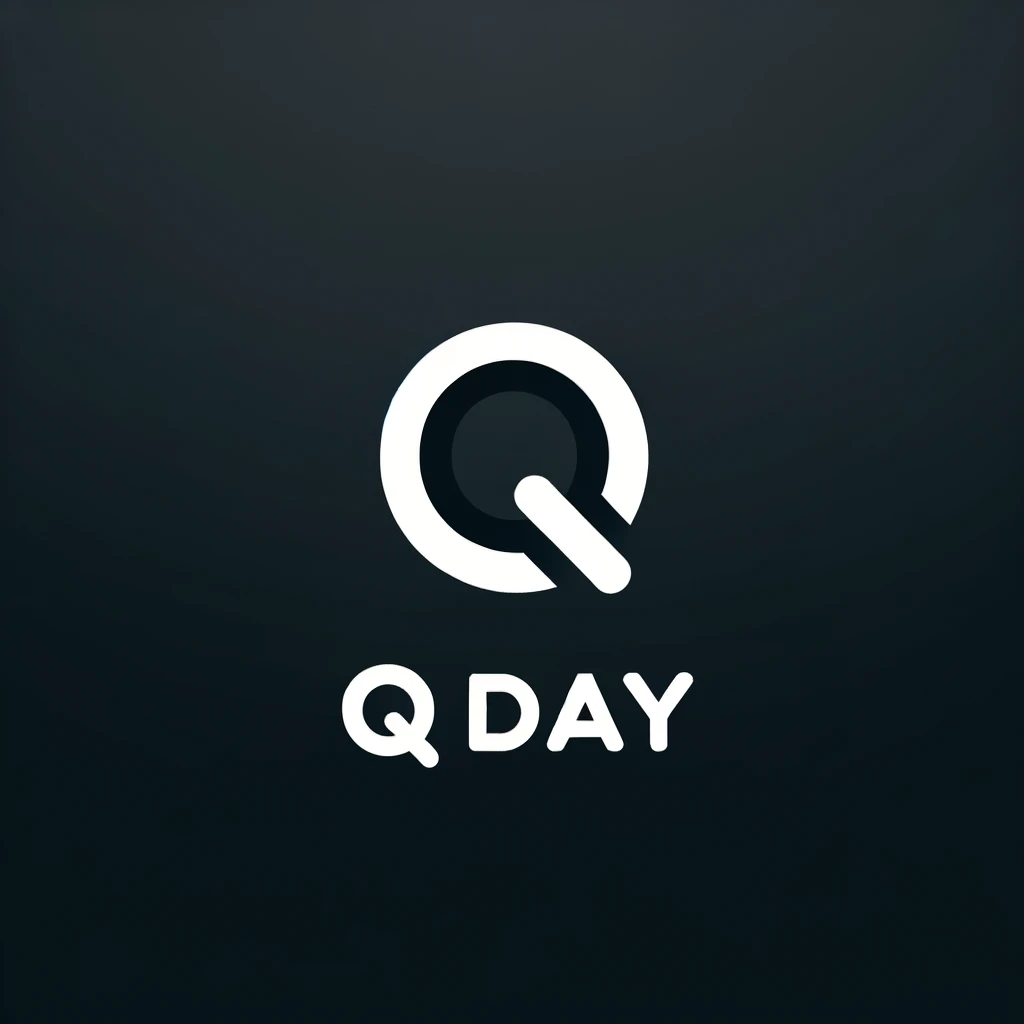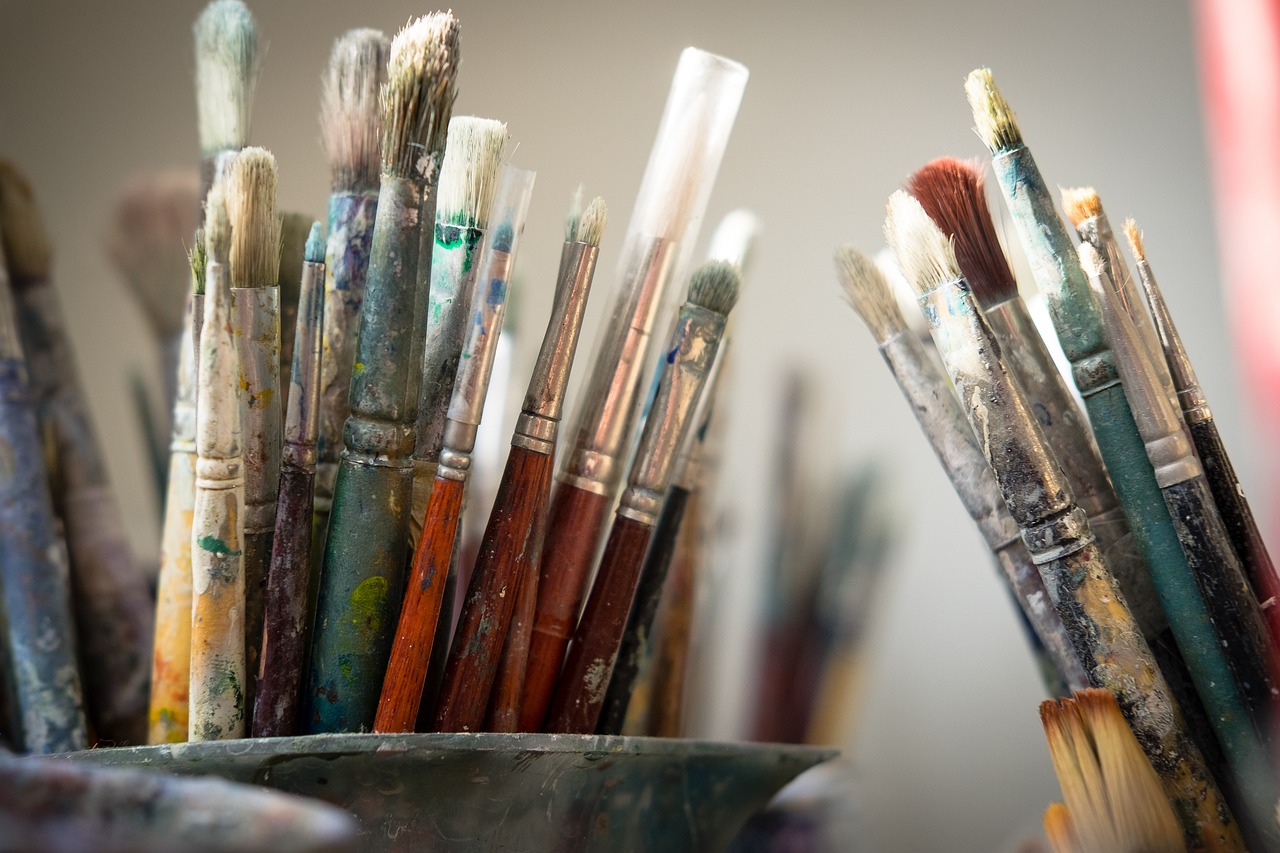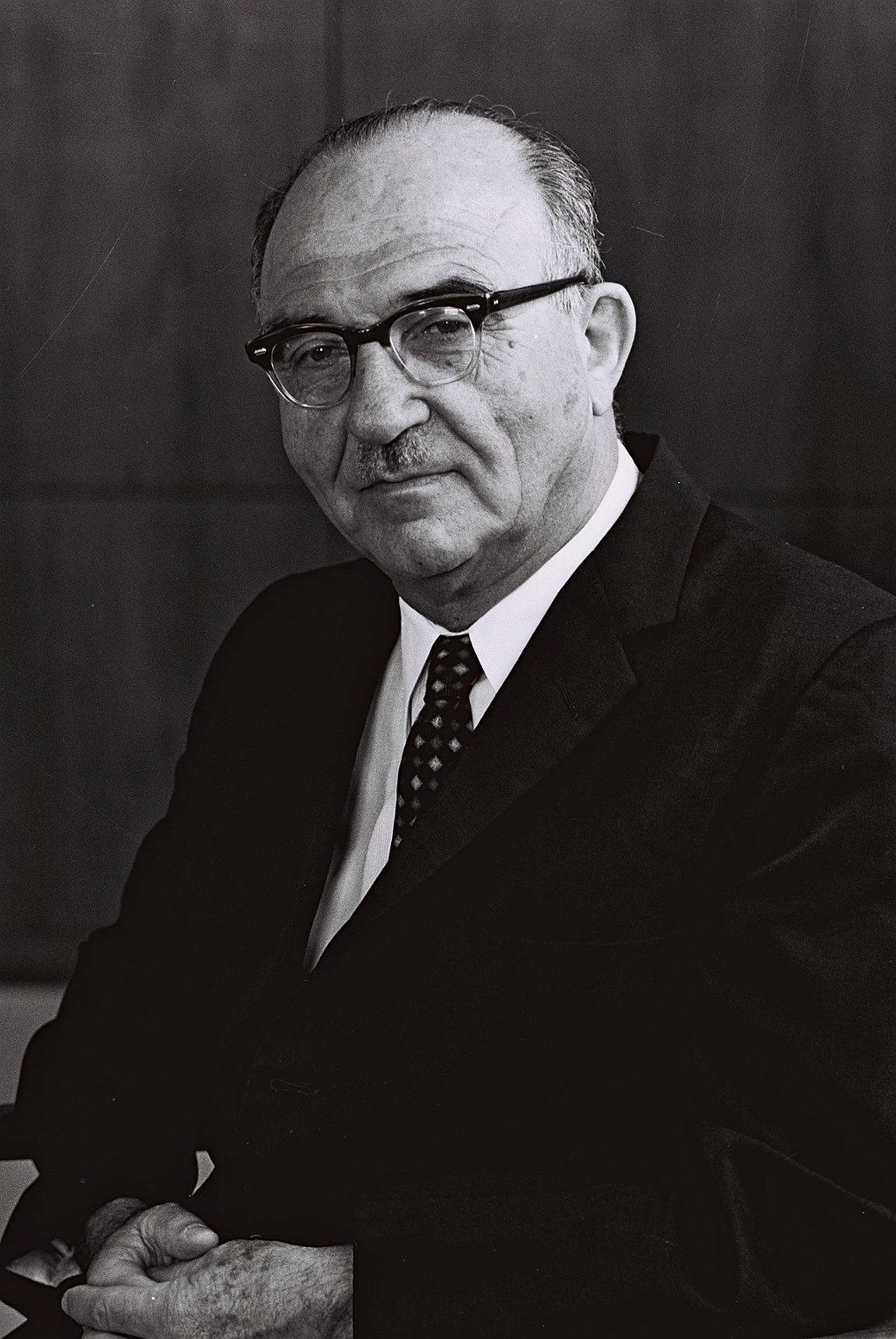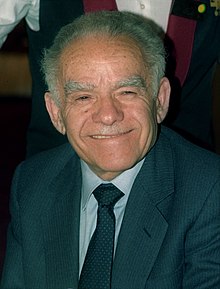Art has long been recognized as a powerful medium for expressing human experiences, emotions, and ideas, transcending political boundaries and fostering dialogue in ways that traditional diplomacy often cannot. In the context of the Israeli-Palestinian conflict, cultural diplomacy has emerged as a vital tool for building bridges between the two communities, with artists from both sides using their creative talents to foster understanding, challenge stereotypes, and promote peace.
Palestinian and Israeli artists have collaborated on a number of initiatives that aim to create spaces for dialogue, where shared experiences and values can be explored through visual arts, music, film, and theater. These collaborations, while often difficult to sustain due to the political realities of the region, demonstrate the power of art in fostering mutual respect and empathy. Cultural diplomacy, led by artists and cultural institutions, offers a hopeful path toward reconciliation and coexistence in a region that has long been defined by conflict.
The Role of Art in Conflict Zones
Art in conflict zones, such as Israel and Palestine, often reflects the tensions and emotions of the people living in these areas. For many Palestinian and Israeli artists, their work serves as a form of resistance, resilience, and commentary on the political and social issues they face. However, art also offers a space for imagining a different future, one that transcends the divisions of the present and offers hope for reconciliation.
Palestinian artists, such as Khaled Jarrar and Larissa Sansour, have used their work to address themes of displacement, occupation, and identity. Their art explores the complexities of Palestinian existence under occupation, while also highlighting the shared humanity of both Palestinians and Israelis. On the Israeli side, artists such as David Tartakover and Michal Rovner have created works that critique the impact of the conflict on Israeli society and explore the possibilities for peace and coexistence.
Art in these contexts not only serves as a form of political expression but also as a means of communication. Through their work, artists from both sides challenge the dominant narratives of the conflict, offering new perspectives and fostering empathy. In doing so, they create opportunities for dialogue, where Israelis and Palestinians can engage with each other’s experiences and explore the commonalities that unite them.
Collaborative Art Projects and Cultural Exchange
Over the years, several collaborative art projects have emerged that bring together Israeli and Palestinian artists in joint efforts to foster dialogue and understanding. These projects often focus on shared experiences, such as the impact of the conflict on everyday life, and use art as a medium for exploring the possibility of peace.
One such initiative is the "Windows for Peace" project, which brings together young Israeli and Palestinian artists to collaborate on visual arts, photography, and storytelling. Through workshops and exhibitions, participants are encouraged to share their personal experiences and express their hopes for the future. The project provides a platform for dialogue, where young people from both communities can challenge their preconceived notions and build relationships based on mutual respect.
Another successful project is the "Palestine-Israel Journal," a joint publication that features contributions from Israeli and Palestinian writers, artists, and academics. The journal promotes dialogue on key issues related to the conflict, while also showcasing the creative talents of artists from both sides. Through its focus on cultural exchange, the journal fosters a deeper understanding of the complexities of the conflict and encourages dialogue as a means of resolving differences.
Theater has also been a powerful tool for cultural diplomacy in the region. Joint Israeli-Palestinian theater productions, such as those organized by the "Freedom Theatre" in Jenin and "Theatre Jaffa," have brought together actors and audiences from both communities. These productions often explore the personal and collective impact of the conflict, offering a space for dialogue and reflection. By engaging in collaborative performances, Israeli and Palestinian actors challenge the divisions between them and demonstrate the potential for art to foster empathy and reconciliation.
Music as a Bridge Between Cultures
Music has long been recognized as a universal language that transcends borders and brings people together. In the Israeli-Palestinian context, music has played a key role in fostering dialogue and building bridges between the two communities. Collaborative music projects, such as joint orchestras and cross-cultural music festivals, have created spaces where Israelis and Palestinians can come together to create and share music, despite the political divisions that separate them.
One of the most well-known examples of this is the "West-Eastern Divan Orchestra," founded by Israeli conductor Daniel Barenboim and Palestinian scholar Edward Said. The orchestra brings together young musicians from across the Middle East, including Israel and Palestine, to perform classical music and promote dialogue. Through their shared love of music, the members of the orchestra demonstrate the power of cultural diplomacy in breaking down barriers and fostering understanding.
Another example is the "Jerusalem International Oud Festival," which celebrates the musical traditions of the region, including Israeli, Palestinian, and broader Middle Eastern influences. The festival provides a platform for musicians from both communities to perform together and share their cultural heritage. Events like these highlight the potential of music to create connections between people and promote a sense of shared identity.
Challenges to Cultural Diplomacy
While cultural diplomacy offers a promising path for fostering dialogue and understanding between Israelis and Palestinians, it is not without its challenges. The ongoing political conflict, coupled with restrictions on movement and access, often makes it difficult for artists from both sides to collaborate. Additionally, cultural projects that promote dialogue and cooperation are sometimes met with resistance from hardline political factions, who view such initiatives as undermining their respective national causes.
In some cases, artists who participate in joint Israeli-Palestinian projects face backlash from their own communities, where they may be accused of "normalizing" the conflict or betraying their national identity. These challenges underscore the complex relationship between art, politics, and identity in the Israeli-Palestinian context.
Despite these obstacles, many artists continue to engage in cultural diplomacy, recognizing the importance of art in promoting peace and understanding. For these artists, the challenges are worth the potential rewards: the opportunity to foster dialogue, build relationships, and contribute to the broader goal of peace in the region.
The Role of International Support
International organizations and cultural institutions have played a key role in supporting cultural diplomacy efforts between Israelis and Palestinians. By providing funding, platforms, and logistical support, international actors help to facilitate cross-cultural projects and ensure that artists from both sides have the opportunity to collaborate.
Organizations such as UNESCO, the European Union, and various non-governmental organizations have funded joint art exhibitions, cultural festivals, and educational programs aimed at fostering dialogue between Israelis and Palestinians. These initiatives not only provide opportunities for artistic collaboration but also help to raise international awareness of the importance of cultural diplomacy in conflict resolution.
Conclusion: Art as a Path to Peace
In a region where political negotiations often reach deadlock, cultural diplomacy offers an alternative path for fostering dialogue and understanding. Through art, music, theater, and literature, Israeli and Palestinian artists have demonstrated the potential for creativity to bridge the divides between their communities. By challenging stereotypes, promoting empathy, and creating spaces for dialogue, these artists contribute to the broader goal of peace and reconciliation in the region.
While the challenges to cultural diplomacy are significant, the efforts of Palestinian and Israeli artists offer hope for a future where mutual respect and understanding can prevail. Through their collaborative projects, these artists not only enrich their own cultural landscapes but also provide a model for how art can be used as a tool for conflict resolution. In doing so, they remind us of the transformative power of culture in building a more peaceful and just world.



